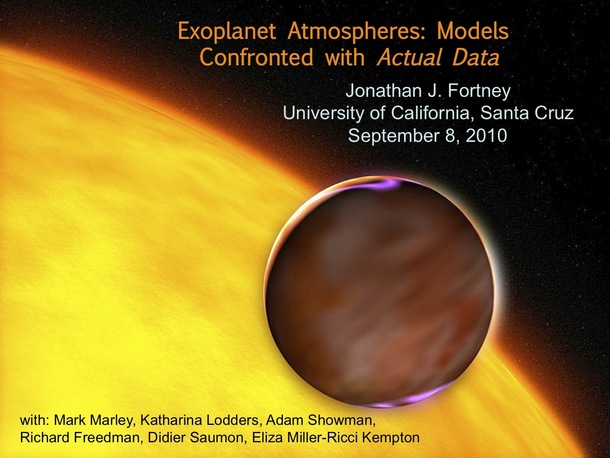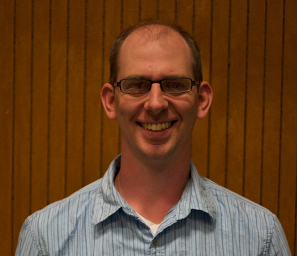Giant exoplanets > Jonathan Fortney

If initial loading stalls, switch to the Flash version.
Observed spectra versus
theoretical models
Jonathan Fortney
University of California in Santa Cruz, USA
Help



Abstract: Space-based and ground-based telescopes have allowed astronomers to detect thermal emission from the close-in planets known as ‘hot Jupiters’ and ‘hot Neptunes’. Modeling these hot atmospheres requires an understanding of radiative transfer, chemistry, cloud formation (of rock and iron), and atmospheric dynamics. These planets are quite diverse in terms of the measured fluxes from their day and night sides. Using spectroscopy, molecules that have been detected via emission and transmission spectra include H2O, CH4, CO, and CO2. I will discuss the spectra from 1D and 3D models of these atmospheres, and our growing understanding of these planets as a class of astronomical objects.
Additional materials: PDF of slides
ExoClimes 2010, Exeter, Wednesday 8th September 2010
Additional materials: PDF of slides
ExoClimes 2010, Exeter, Wednesday 8th September 2010
